#Tilepatterns
Text

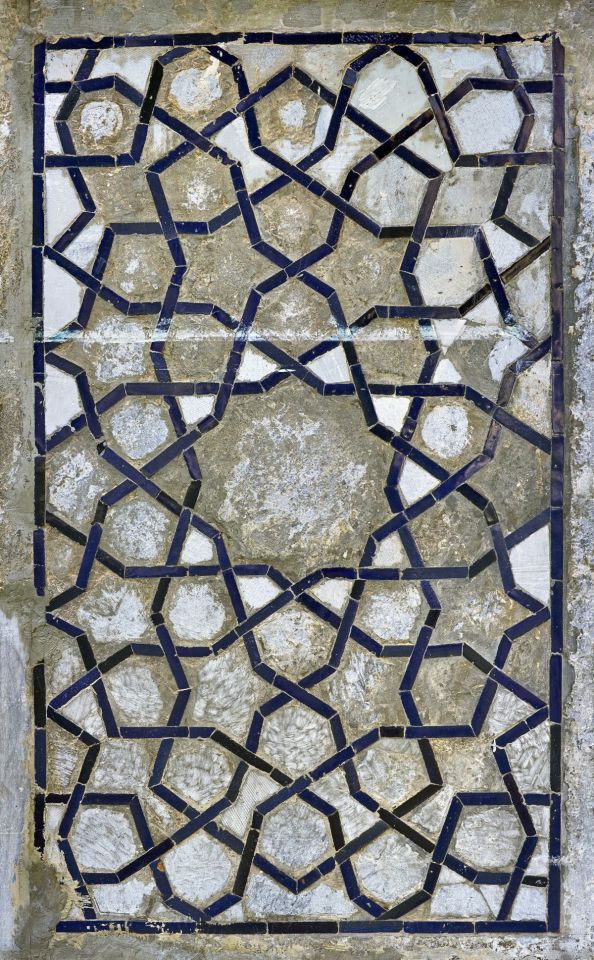
In honor of National Tile Day, we want to show you forbidden symmetries in tile patterns.
Here are photograph of tile panels from Ulugh Beg Madrasa in Uzbekistan. Peter Lu has been researching on medieval Islamic architecture for more than a decade. He comes from a scientific background as a physicist who became interested in forbidden symmetries in Islamic architecture, i.e., five-fold and ten-fold symmetries.
What does that mean? Lu explains as follows;
“If I want to tile a floor with just one shape, I can ask: what are the symmetries that are possible? In the case of an ordinary bathroom floor, I might tile it with squares. Just like a checkerboard, I can cover the entire floor, at any size, with one square tile, and leave no gaps. Now, I can ask: what symmetry would such a pattern have? I can rotate the entire pattern 90-degrees, and get the same thing, since that is the symmetry of the square. Because I can do so four times before getting back to the original position, we call that “four-fold symmetry”. Now, I can also tile the floor with rectangles, which would give a two-fold symmetry; triangles, giving 3-fold; and hexagons, which gives a six-fold symmetry, as you know from looking at a honeycomb. But you can’t use a single pentagon to tile a floor, so the five-fold symmetry is forbidden for repeating a single unit, something that was understood by Johannes Kepler in the 1600s. It turns out that you can use two special shapes to tile a floor with five-fold symmetry, which was first worked out by a mathematician and physicist named Roger Penrose, but not until the 1970s.”
Now you know what forbidden symmetries are!
Tile panels and frames, side wall at entrance, Ulugh Beg Madrasa
HOLLIS number: olvwork740233
Detail of interior tile panel, Ulugh Beg Madrasa
HOLLIS number: olvwork740236
Both works by Peter Lu
Repository: Harvard Fine Arts Library, Digital Images & Slides Collection
This image is part of FAL’s Digital Images and Slides Collection (DISC), a collection of images digitized from secondary sources for use in teaching and learning. FAL does not own the original artworks represented in this collection, but you can find more information at HOLLIS Images.
#NationalTileDay#Tilepatterns#tile#forbiddensymmetries#PeterLu#Photography#Islamicarchitecture#HarvardFineArtsLibrary#Fineartslibrary#Harvard#HarvardLibrary#digitalimages#harvardfineartslibrary#fineartslibrary#harvard#harvard library#harvardfineartslib#harvardlibrary#photography
66 notes
·
View notes
Text

#Granite#GraniteCountertops#GraniteDesign#GraniteSlabs#GraniteKitchen#GraniteDecor#NaturalStone#GraniteLove#GraniteInspiration#GraniteGoals#Tiles#TileDesign#TileFlooring#TileArt#TileStyle#TileInspiration#CeramicTiles#PorcelainTiles#TileInstallation#TilePatterns
1 note
·
View note
Text
How to calculate the number of tiles you need?
Calculating the number of tiles you need depends on the area you want to cover with tiles and the size of the tiles you plan to use. Here are the steps to calculate the number of tiles you need:
Measure the area: Measure the length and width of the area you want to tile using a tape measure. Record the measurements in either feet or meters.
Determine the size of the tiles: Decide on the size of the tiles you want to use. Common tile sizes include 12 inches by 12 inches, 18 inches by 18 inches, and 24 inches by 24 inches. Make sure to measure the size of the tile in the same unit of measurement as the area you measured in step 1.
Calculate the area of one tile: To calculate the area of one tile, multiply the length and width of the tile. For example, if you are using 12-inch by 12-inch tiles, the area of one tile would be 144 square inches (12 inches x 12 inches).
Convert the area to the same unit of measurement: Convert the area of one tile to the same unit of measurement as the area you measured in step 1. For example, if you measured the area in square feet, convert the area of one tile to square feet.
Divide the area of the space by the area of one tile: Divide the total area you want to cover by the area of one tile. This will give you the number of tiles you need. Make sure to round up to the nearest whole number to account for any waste or extra tiles you may need.
For example, if you want to tile a bathroom floor that measures 8 feet by 10 feet using 12-inch by 12-inch tiles, you would follow these steps:
Measure the area: The area of the bathroom floor is 8 feet x 10 feet = 80 square feet.
Determine the size of the tiles: You plan to use 12-inch by 12-inch tiles.
Calculate the area of one tile: The area of one tile is 12 inches x 12 inches = 144 square inches, or 1 square foot and 1/9 square feet.
Convert the area to the same unit of measurement: The area of one tile is 1 square foot and 1/9 square feet.
Divide the area of the space by the area of one tile: The number of tiles needed would be 80 ÷ 1.125 = 71.11, so you would need to purchase 72 tiles (rounding up to the nearest whole number).

#TileCalculation#TileMeasurement#TileMath#TileEstimation#TileInstallation#TileLayout#TileDesign#TilePlanning#TilePatterns#TilePatternsAndCalculations#TileCoverage#TileArea#TileCosts#TileSquareFootage
0 notes
Text

📌 Colorful Geometrical Symmetry Visual
#colorful #geometric #kaleidoscopevisuals #カレイドスコープ
#kaleidoscope#tilepattern#abstractart#patternart#kaleidoscopevisuals#kaleidoscope_visuals#digitalart#kaleidoscopeart#symmetryart#colorfulart#aestheticart#mandala#カレイドスコープ#kaleidoscope visuals#abstract#symmetricart#art#万華鏡#digital art#ArtTechniques#ArtIdeas#Kaleidoscope designs#Kaleidoscope patterns
3 notes
·
View notes
Text

👉🎧📌 Kaleidoscope Video - Kaleidoscope Background Video
📺 Kaleidoscope Visuals - Colorful Visuals
#kaleidoscope#tilepattern#abstractart#patternart#kaleidoscopevisuals#kaleidoscope_visuals#digitalart#tileart#kaleidoscopeart#symmetryart#colorfulart#aestheticart#mandala#Kaleidoscope Animation#Kaleidoscope Images#Kaleidoscope Review#Kaleidoscope Art#Kaleidoscope Artist#Kaleidoscope World#Kaleidoscope Drawing#Kaleidoscope Painting#Kaleidoscope Relaxing Music#Kaleidoscope Video Effect#Kaleidoscope Meditation#Kaleidoscope Sensory Video#Kaleidoscope Background Video#Kaleidoscope Video#Kaleidoscope Visuals#万華鏡
1 note
·
View note
Photo

#tiledesign #tileart #tilestyle #tilework #tilepattern #belindamooreart #banburyartist #oxfordshireartist #Banbury #Oxfordshire #turkishinspired #middleeastinspired #patterns #textiledesign #artistsoninstagram (at Banbury, Oxfordshire) https://www.instagram.com/p/Cpb93FfoXaV/?igshid=NGJjMDIxMWI=
#tiledesign#tileart#tilestyle#tilework#tilepattern#belindamooreart#banburyartist#oxfordshireartist#banbury#oxfordshire#turkishinspired#middleeastinspired#patterns#textiledesign#artistsoninstagram
1 note
·
View note
Text
Choosing the right tile adhesive is an essential part of any tiling project, as it ensures that the tiles are securely attached to the substrate and will not come loose over time. Here are some factors to consider when selecting a tile adhesive:
Type of tile: Different types of tile, such as ceramic, porcelain, natural stone, and glass, may require different types of adhesive. Make sure to choose an adhesive that is compatible with the specific type of tile you are using.
Substrate: The substrate, or surface to which the tiles will be attached, also plays a role in determining the appropriate adhesive. For example, a concrete substrate may require a different adhesive than a wooden substrate.
Location: The location of the tiles, such as a bathroom, kitchen, or outdoor area, can also impact the choice of adhesive. For wet areas, such as showers or pool areas, a waterproof adhesive may be necessary.
Size and weight of the tiles: Larger and heavier tiles require a stronger adhesive than smaller and lighter tiles.
Drying time: Some adhesives may require longer drying times than others, which can impact the overall timeline of the project.
Application method: Some adhesives are applied using a trowel, while others may require a specific application tool or technique.
Environmentally friendly: Consider using an adhesive that is environmentally friendly if this is important to you.
It is important to carefully read the manufacturer's instructions and follow them closely when selecting and applying tile adhesive. If you are unsure which adhesive to use, consult with a professional or seek advice from a reputable supplier.
#TileAdhesiveSelection#ChoosingTheRightAdhesive#TileInstallationTips#AdhesiveTypes#TileDesign#TilePattern#TileLayout#TileStyle#TileInspiration#clear tiles goodhealth
0 notes
Photo
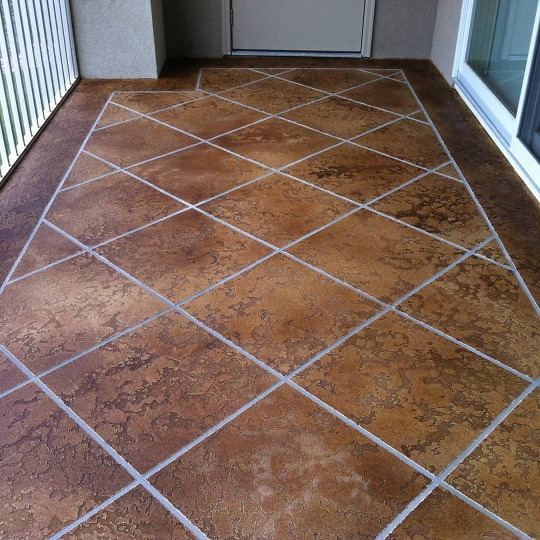
🙋♂️ Here we did a Condo deck with our Concrete overlay products created to look like 20x20 Tile on a 45 Degree Pitch with a 10 inch border and 1/2 inch grout lines...but of course its really concrete. 😁 Tuscan Slate ConcreteTexture, then Colored with Umber and Brown Acid Stain for a Leathered Tuscan look, the border was a Dark Brown Acid Stain only. - ➡ Follow us @CustomConcreteDesign - - #decorativeconcrete #decorativeconcreteresurfacing #concreteresurfacing #brown #acidstain #tile #tiledesign #tilepattern #concrete #customconcrete #customconcretedesign #exterior #hardscape #concretecoating #concreterepair #concreteoverlay #condo #condominium #stampedconcrete #tuscanslate #tuscany #rustic #beautiful #flooring #luxury #lifestyle #goodlife #luxuryfloors #stylish #construction (at Lake Of Ozarks Osage Beach Mo) https://www.instagram.com/p/B4ycad5lVe5/?igshid=NGJjMDIxMWI=
#decorativeconcrete#decorativeconcreteresurfacing#concreteresurfacing#brown#acidstain#tile#tiledesign#tilepattern#concrete#customconcrete#customconcretedesign#exterior#hardscape#concretecoating#concreterepair#concreteoverlay#condo#condominium#stampedconcrete#tuscanslate#tuscany#rustic#beautiful#flooring#luxury#lifestyle#goodlife#luxuryfloors#stylish#construction
1 note
·
View note
Photo

Tiling details -professional tile installation in Greater Vancouver,Always try to do the best tiling work Follow @vanprotiling for more daily work . . . . . . #tilelife #tiler #vancouver#burnaby#richmond #tilecontractor #greater Vancouver#tilingdetails #nichewithmitre#tilepattern##tiledesignsvancouver#qualitytilingworkvancouver#tiling contractor ##bathroomdesign #tileshower #shower #walkinshower#showerpan#masterbathroom #ensuite#ensuitebathroom#mosaictile#guessbathroom#niche##nichesize#nichemitre#niche#nichemitre https://www.instagram.com/p/CmvdvB7O51I/?igshid=NGJjMDIxMWI=
#tilelife#tiler#vancouver#burnaby#richmond#tilecontractor#greater#tilingdetails#nichewithmitre#tilepattern#tiledesignsvancouver#qualitytilingworkvancouver#tiling#bathroomdesign#tileshower#shower#walkinshower#showerpan#masterbathroom#ensuite#ensuitebathroom#mosaictile#guessbathroom#niche#nichesize#nichemitre
1 note
·
View note
Text
Stylish Wall Tile Design
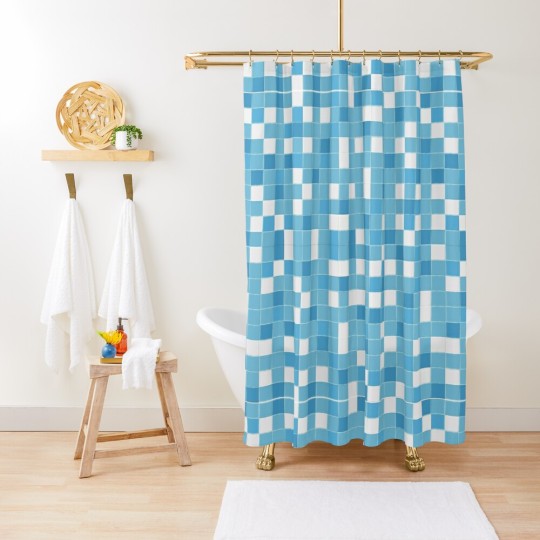
#walltiles#tilepattern#geometric pattern#bathroom design#bathroomdecor#shower curtains#bathroom stuff#bathroom accessories#bathroomdesign#redbubble
1 note
·
View note
Photo
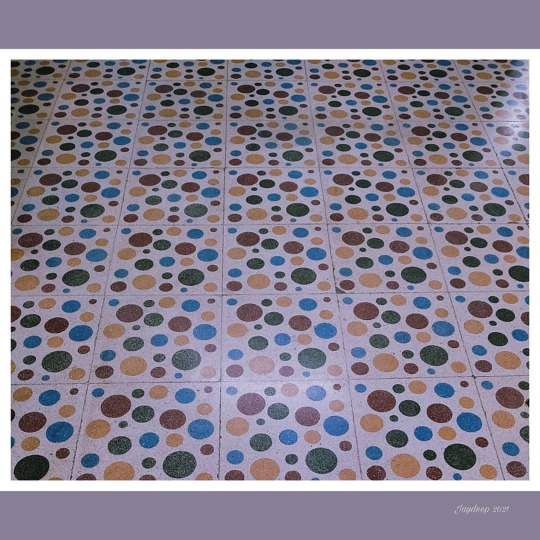
#floortiles #tiles #tilepatterns #floortilespattern #floortilesdesign #polkadots #colourfuldots #redminote6prophotography (at Salt Lake City, West Bengal, India) https://www.instagram.com/p/CLi6i6rlqWP/?igshid=jveh7n3mu1d
#floortiles#tiles#tilepatterns#floortilespattern#floortilesdesign#polkadots#colourfuldots#redminote6prophotography
1 note
·
View note
Photo
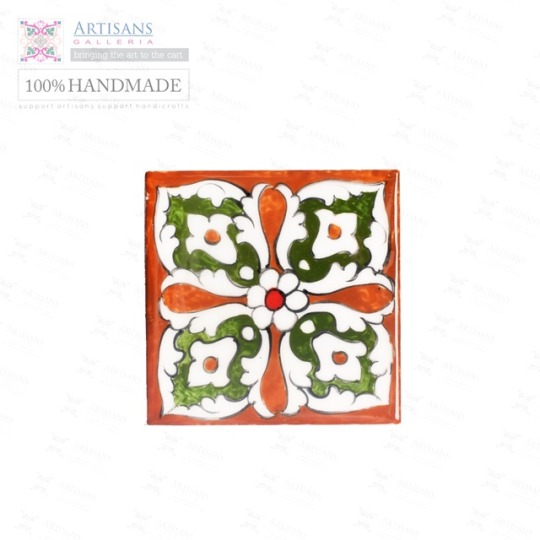
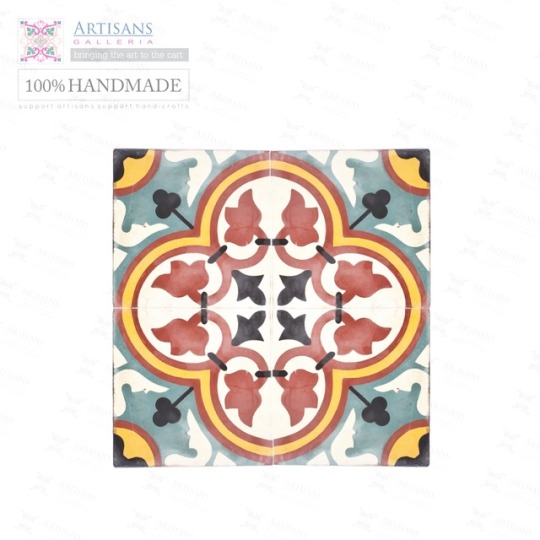
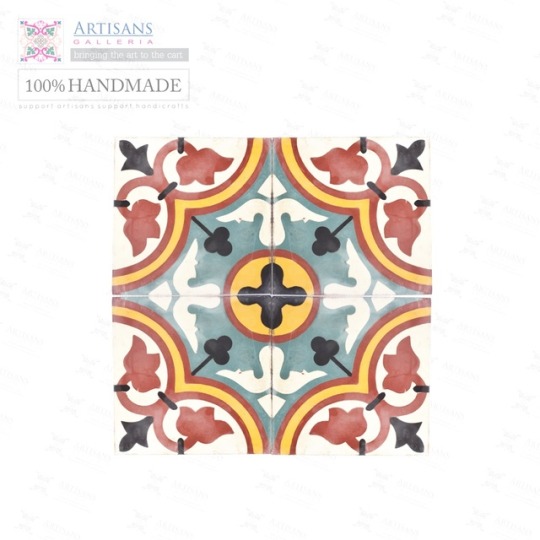
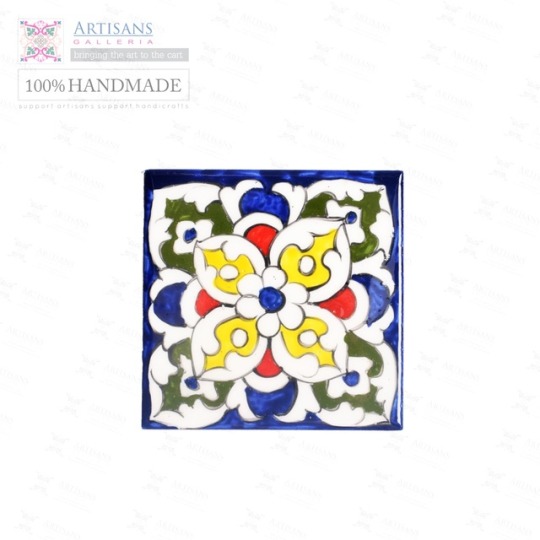
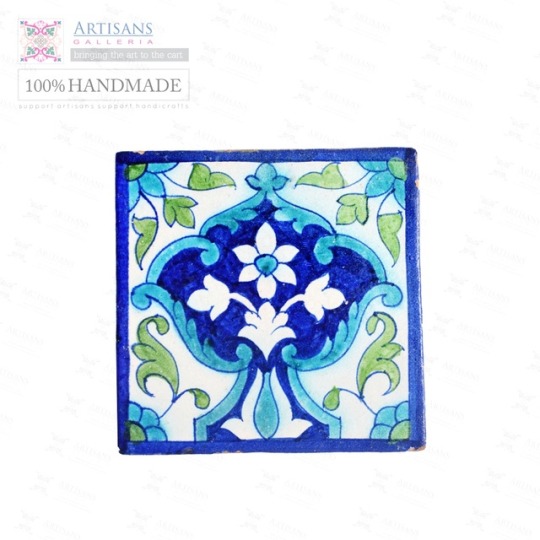

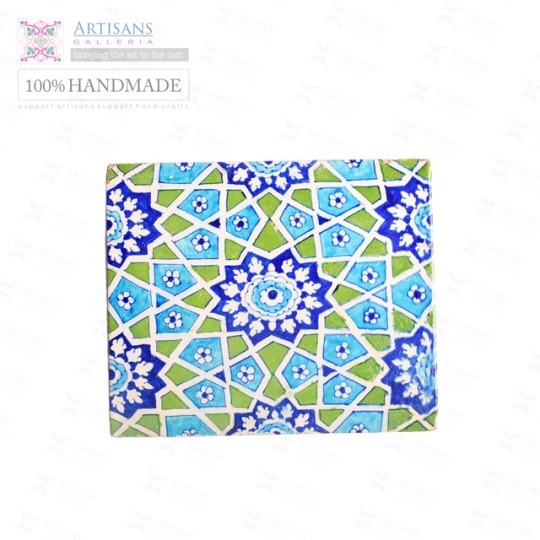
Discovered by the fusion of fire and clay, two ordinary elements of nature, benefits of fired ceramics were discovered some 10,000 years ago in the Middle East. The story of its evolution goes hand in hand with subsequent architectural developments through the ages, from the beautifully tiled surfaces in the ancient pyramids, to the magnificent courts of Babylonian cities, the use of ceramic tiles was inspired by the desire to create the most beautiful, durable spaces.
Decorative tilework has its origins in the Middle East and Persia, where it maintained wider popularity and assumed greater variety in design than anywhere else in the world. With distinctly varied styles, Persian and Moroccan tile industries flourished and attained perfection during the Islamic period. Due to its emphasis on non-representational design, Islamic designers and artisans found tile work a suitable medium to decorate their buildings with, so much so, that rich surface decorations became a hallmark of Islamic architecture and design.
The advent of Islam in the Sub-continent led to a fusion of culture, arts, and architecture. Sind and Multan became centers of tile production to satisfy the architectural boom, which ensued the Muslim conquest of India. Kahshigars(tile makers) from Persia to Andalus collaborated with local craftsmen and produced a rich blend of decorative tile work known as “blue tiles”, which are being produced even today in parts of Multan and Sind in Pakistan.
1 note
·
View note
Photo

Working on some #tilepatterns the past few days. Considering some fabric designs just for fun. More experimentation with #adobe #fresco. #octopus #anchor #nauticaldesign #pattern #amey3d (at Berlin, Maryland) https://www.instagram.com/p/CVbw_ofLei1/?utm_medium=tumblr
0 notes
Text
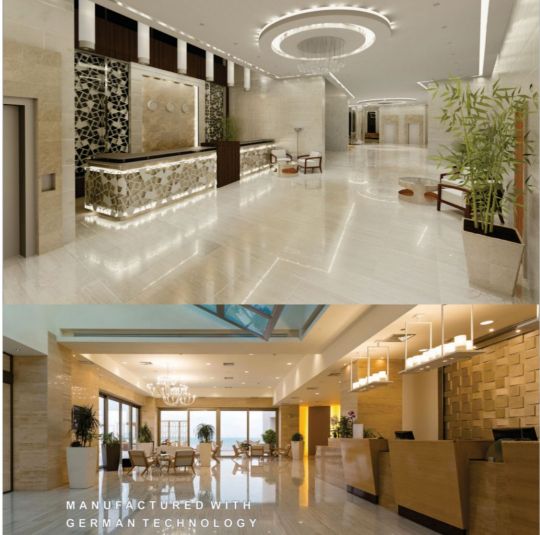
Tile trends
As of my knowledge cutoff in 2022, some popular tile trends were:
Bold Colors: Bright, bold tiles in shades of green, blue, yellow, and even pink are becoming increasingly popular in modern home design.
Large Format Tiles: Large format tiles continue to be popular, especially for floors and walls in large open spaces, as they create a seamless look.
Geometric Shapes: Geometric tiles, such as hexagons, diamonds, and triangles, have become a popular choice for adding a unique and modern touch to any room.
Texture: Textured tiles, such as those with a 3D effect or a natural stone finish, are also popular for adding depth and interest to a space.
Terrazzo: Terrazzo is making a comeback, with modern versions incorporating colorful chips and patterns that can be used on floors, walls, and even countertops.
Metallic Finishes: Metallic tiles, such as copper and brass, are gaining popularity in modern and industrial-style homes.
#TileDesign#TileTrend#TileInspiration#TileStyle#TileLove#TileObsession#TileArt#TilePatterns#TileInstallation#TileDecor#TileIdeas#TileGoals#TileTransformation#TileRenovation#TileEnvy#TilePerfection#TileAddict#TileDreams#TileMagic#TileGoalsAchieved
0 notes
Text
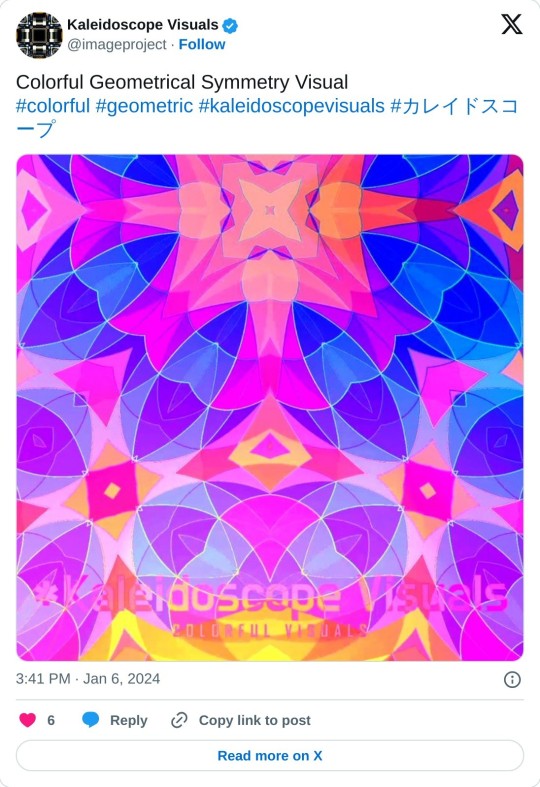
📌 Colorful Geometrical Symmetry Visual
#colorful #geometric #kaleidoscopevisuals #カレイドスコープ
#kaleidoscope#tilepattern#abstractart#patternart#kaleidoscopevisuals#kaleidoscope_visuals#digitalart#kaleidoscopeart#symmetryart#colorfulart#aestheticart#mandala#カレイドスコープ#kaleidoscope visuals#abstract#symmetricart#art#万華鏡#digital art#Kaleidoscope_Aesthetic#Kaleidoscope_Art_Design#Kaleidoscope_Artwork
2 notes
·
View notes
Text

👉🎧📌 Kaleidoscope Video - Kaleidoscope Background Video
📺 Kaleidoscope Visuals - Colorful Visuals
#kaleidoscope#tilepattern#abstractart#patternart#kaleidoscopevisuals#kaleidoscope_visuals#digitalart#tileart#kaleidoscopeart#symmetryart#colorfulart#aestheticart#mandala#Kaleidoscope_Artwork#Kaleidoscope_Colors#Kaleidoscope_Image#Kaleidoscope_Images#Kaleidoscope_Magic#Kaleidoscope_Project#Kaleidoscope Animation#Kaleidoscope Images#Kaleidoscope Review#Kaleidoscope Art#Kaleidoscope Artist#Kaleidoscope World#Kaleidoscope Drawing#Kaleidoscope Painting#Kaleidoscope Relaxing Music#Kaleidoscope Video Effect#Kaleidoscope Meditation
0 notes